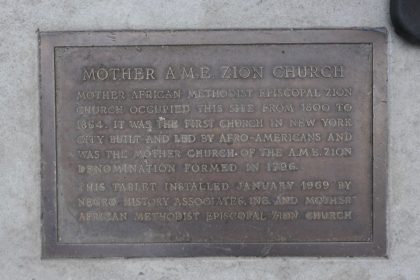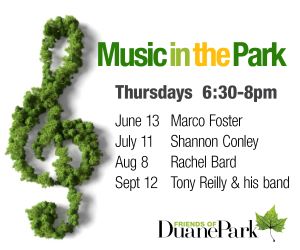In the News: Cuomo Signs Battery Park City Bill
••• “A decade-long campaign by elected officials, community leaders, and grassroots activists to bring democratic governance to Battery Park City took a giant step forward on Monday, when Governor Andrew Cuomo signed a new law that will require two seats on the board of the Battery Park City Authority to be set aside for people who live in the community.” However, Cuomo’s “signature was accompanied by an ‘Approval Message,’ a mechanism by which the Governor can attach legal strings to a bill’s enactment. In this case, the message reads, ‘this bill would ensure that Battery Park City residents have the opportunity to review and vote on proposals and governance matters that impact their community. As drafted, however, there are technical concerns that would make it difficult to make sure the Battery Park City [Authority] board can function effectively. The Executive has secured an agreement with the Legislature to pass legislation in the upcoming session to address these concerns. On that basis, I am signing this bill.’ The Approval Message concludes with the words ‘this bill is approved,’ followed by the Governor’s signature. The statutory language that will be crafted to mitigate these concerns in the legislative session now under way in Albany remains an open question, and may yet prove extremely controversial.” —Broadsheet
••• More thefts in the Tribeca Trib police blotter, including this creepy interaction: “Shortly after exiting from the subway station, a 14-year-old resident of Washington Street in Tribeca was accosted by a man who put his hand in her jacket pocket and took her $121 Metrocard and $10.”
••• Bedford + Bowery visits 236 Church, between Leonard and Worth: “For two years in the 1820s, this 25 x 75-foot plot, in Lower Manhattan, just south of where Church and Leonard streets intersect, was home to a revolutionary publication. Freedom’s Journal was the first black owned and operated newspaper in the United States.” After the newspaper ceased publication, “the block remained a center for free black thought. Just two doors up from where the journal’s offices were, was the African Methodist Episcopal Zion Church (both establishments were on plots rented from wealthy white families; the journal was on land owned Benjamin and Mary Romaine; while the church was on land owned by John and Effey Colvill). It was built on the actual corner of Church and Leonard in 1799, making it the first church built for and by black Americans in New York City. Its directors had been supporters of Freedom’s Journal, and the journal in turn had discussed the church in its pages.”
















